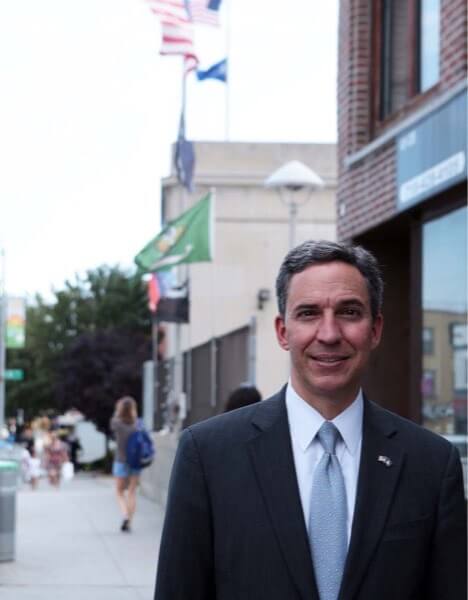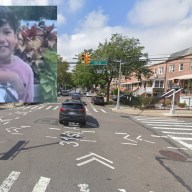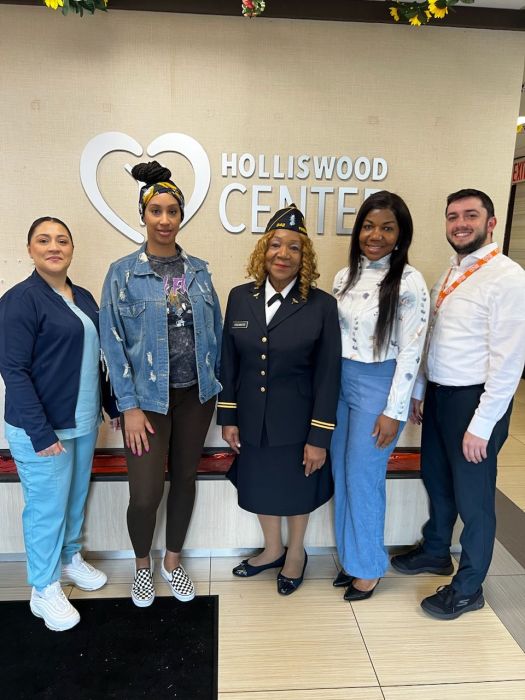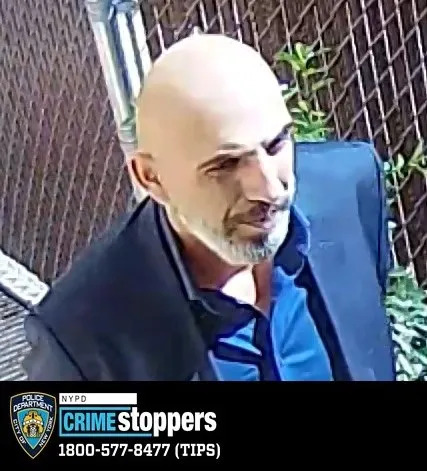By Patrick Donachie
At PS 115 in Glen Oaks, turnout has been strong and steady, according to the poll coordinator. Some voters said they were relatively unfamiliar with former Nassau County Executive Tom Suozzi, a Democrat, and state Sen. Jack Martins (R-Mineola), the two congressional candidates in the race who are running to fill the seat that will be left vacant by outgoing Rep. Steve Israel (D-Melville).
One voter said she had not seen much outreach from the campaigns, including fliers or door tags. The majority of the congressional district is located in Suffolk and Nassau counties in Long Island, but it does include parts of Bay Terrace, Whitestone, Glen Oaks and Floral Park.
“I have no idea who they are,” said one voter who declined to give her name. The victor in the race may help determine if the Democrats are able to retake control of the House of Representatives from the GOP.
Poll workers were expecting an evening rush after a relatively placid midday period. Two staff members from the city Board of Elections were on hand, making sure that the scanning machines for the location were working properly. One of the staffers said BOE technicians were on call for issues with scanners, and he said the high turnout caused by a presidential election raised the potential of more problems for the voting machines.
One voter, who identified herself as Liz, brought her two children to vote in what was her first election. Other voters who gave their names as Josh and Sarah mentioned health care and student loans as important issues for them, and Sarah expressed frustration with the two presidential candidates.
“It’s hard when you have no good people to vote for,” she said. “It’s sad this is the first vote.”
“But it’s important to come out nonetheless,” Liz replied.
The Asian-American Legal Defense and Education Fund was conducting a post-election survey outside the polling place to measure potential voting problems in the election. The survey was to be conducted across 64 cities in 14 states and Washington, D.C., and the organization intended to reach 10,000 Asian-American voters through their efforts in order to gauge the process.
—
Patrick Donachie
TimesLedger reporter


































